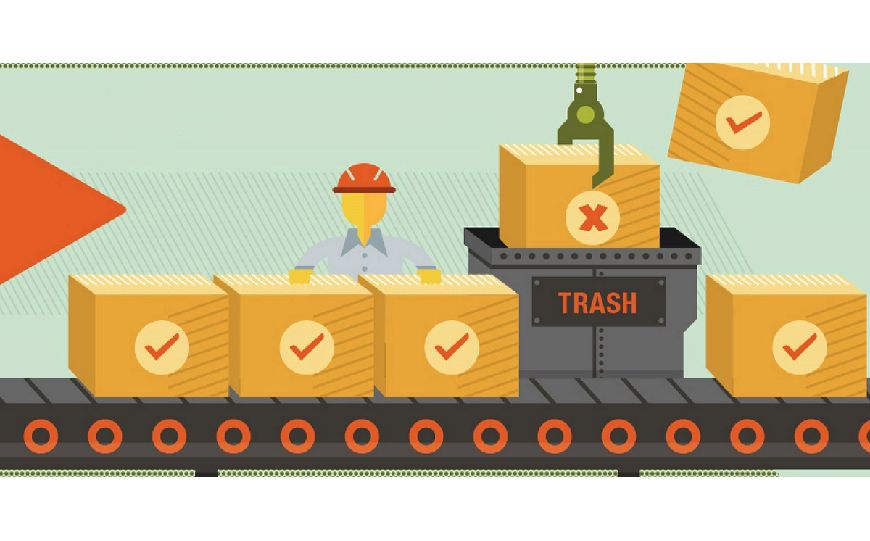8 Wastes of Lean
Lean Manufacturing aims to eliminate waste in all production areas including product design, customer relations, factory management, and supplier networks. Its goal is to utilize the minimum human effort, less time to create products, less inventory, and highly responsive to customer requirements while producing high-quality products and services in the most economical and efficient way possible. A “waste” is everything that the customer is not willing to pay for.
The 8 types of waste in a Lean manufacturing system include:
- Work in Process (WIP): It is a waste of inventory between operations due to large processes or production with long cycle times.
- Transportation: This does not add value to the product. Hence, instead of increasing transportation, one should try to eliminate or minimize that.
- Motion: Movement of the machines, workers, and transport is considered as a waste. Instead of automating, the operation itself should be enhanced.
- Overproduction: To produce over demand or produce it before the need is again a waste according to lean manufacturing. This is the result of producing in response to hypothetical demand. Overproduction is a process of creating more than needed in the next step or creating it before the time by the next process.
- Waiting: To eliminate waste, the machine should not be in an ideal position for a longer period. This will help to maximize the utilization or efficiency of the worker instead of improving the utilization of the machines.
- Unused Human Intellect: Underutilizing the capabilities of human resources, delegating tasks without proper training, no proper system to utilize skills and knowledge of highly experienced employees and no involvement of employees in problem-solving and solution-finding.
- Over-Processing: The over-processing could be minimized by asking why a specific step is required, a need for a specific process and the reason behind the production of a specific product. With the relevant answers, all unnecessary steps could be removed.
- Defective products: It is always better to prevent the defects instead of searching and repairing them.
Almost all wastes in the production process can fall under at least one of the above categories. The focus of Lean Manufacturing is to remove the waste from the entire process flow, not the improvement of individual operations. These 8 types of waste will be customized and interpreted specifically for your company during the Certification planner's Lean Six Sigma training program.





Comments (0)